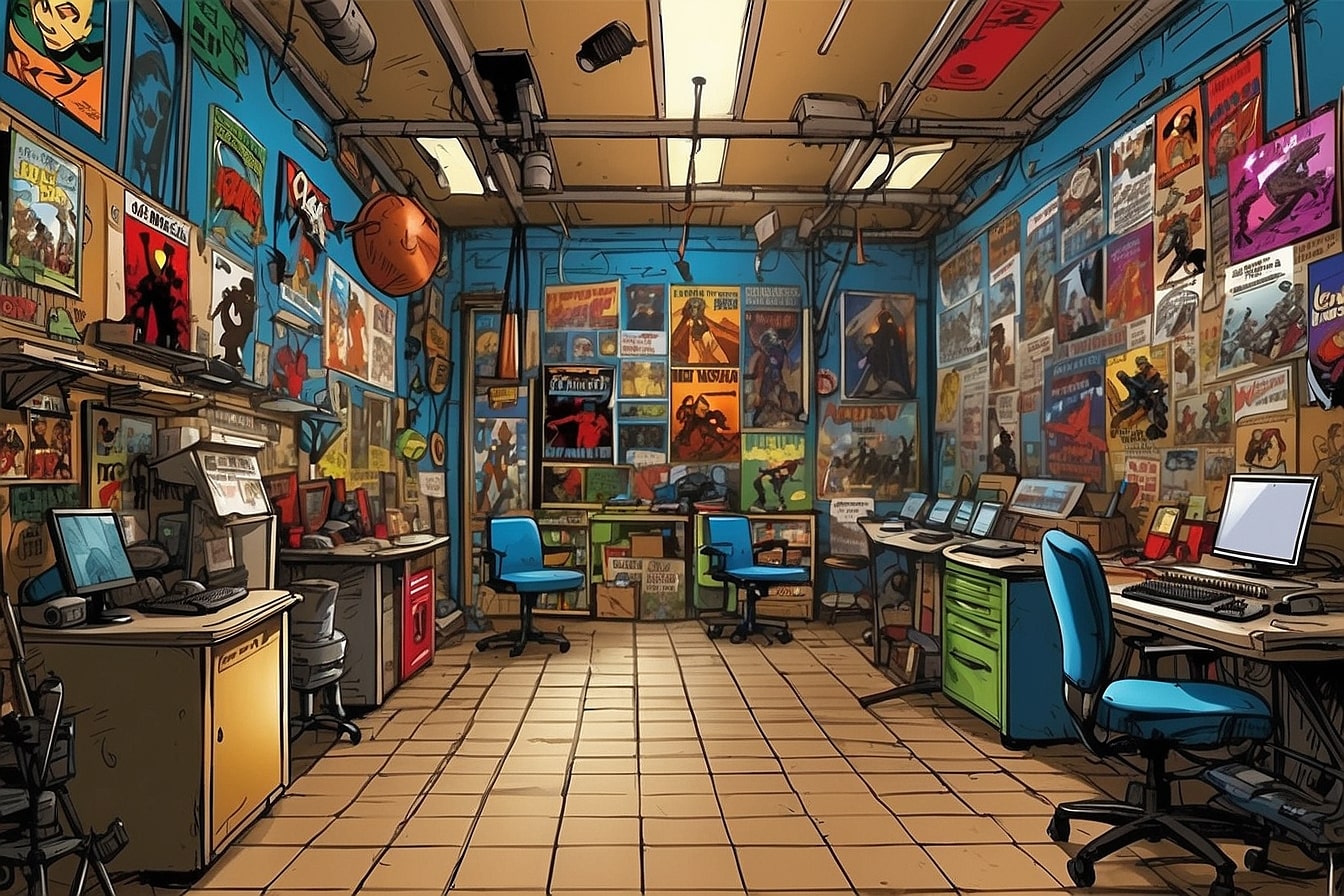
Beginning the process of transforming your game idea into a reality is an exciting endeavor. However, before delving deep into development, it’s vital to establish a strong foundation by crafting a Game Design Document (GDD). Whether you’re a budding game developer or an organization looking to partner with game development studios like Melior Games, grasping the importance of a GDD is essential. In this article, we will delve into the basics of a GDD, its importance, the process of crafting one, and more.
What is a Game Design Document (GDD)?
A Game Design Document, or GDD for short, is a roadmap that describes every aspect of a video game in great detail. The GDD is the team’s road map for everything from the basic idea and gameplay mechanics to the technological requirements and visual design. It guarantees that throughout the development process, everyone is in agreement, offers clarity, and assures alignment.
Authorship of GDD
Game designers and lead developers are usually the ones that write game design documents (GDDs), however other team members including producers, programmers, and artists may contribute. Working together is essential to making sure the GDD appropriately captures the game’s vision and fits the development team’s capabilities.
Maintenance of the Game Design Document
A GDD is not a static document; it evolves throughout the development process as new ideas emerge, features are added or removed, and technical constraints are identified. It’s essential to keep the GDD up-to-date to reflect these changes and ensure that everyone involved in the project is working from the latest version.
Who Reads the GDD?
While the entire development team may refer to the GDD at various stages of the project, its primary audience is internal stakeholders such as designers, artists, programmers, and producers. However, depending on the project’s scope and requirements, external stakeholders such as clients or publishers may also have access to the GDD to provide feedback and approval.
Formats of GDD
GDDs come in various formats, ranging from traditional text documents to visually engaging presentations and diagrams. The choice of format depends on the team’s preferences and the complexity of the project. Additionally, a myriad of tools such as Microsoft Word, Google Docs, Trello, and Confluence streamline the process of creating and managing GDDs, offering flexibility and efficiency.
Key Sections of GDD
While the specific sections of a game design document may vary, some key components are commonly included:
- Overview: A succinct summary of the game concept, target audience, and objectives.
- Gameplay Mechanics: Detailed descriptions of core gameplay mechanics, controls, and progression systems.
- Story and Characters: Narrative elements, character backgrounds, and roles within the game.
- Art and Visual Design: Concept art, level layouts, and the overall visual style.
- Audio and Sound Design: Sound effects, music, and voiceovers contributing to the game’s atmosphere.
- Technical Specifications: Hardware and software requirements, supported platforms, and technical constraints.
- Monetization Strategy: Revenue generation methods, such as in-app purchases or advertising.
Importance of GDD
A meticulously crafted GDD serves as a cornerstone of successful game development, offering several crucial benefits:
- Alignment: Ensures that the entire team shares a unified vision and works towards common goals.
- Guidance: Provides clear direction, aiding in task prioritization and informed decision-making.
- Communication: Serves as a reference point for internal and external stakeholders, facilitating effective communication and collaboration.
- Documentation: Documents the design and development process, offering valuable insights for future projects and iterations.

Practical Advice for Creating a Game Design Document
- Start with a Concept: Define the core concept and distinguish your game from others.
- Collaborate with Your Team: Harness the expertise of team members from various disciplines.
- Keep it Clear and Concise: Avoid overwhelming details and focus on essential elements.
- Be Flexible and Iterative: Embrace feedback and adapt the GDD as the project progresses.
- Define Milestones and Deadlines: Set achievable milestones and deadlines to track progress.
- Test and Iterate: Incorporate testing and feedback loops to refine the game design.
- Document Changes and Versions: Maintain a history of revisions for reference and tracking.
- Communicate Effectively: Ensure accessibility and foster open communication among team members.
- Seek Feedback and Validation: Gather input from external sources to refine the GDD.
- Iterate and Improve: Continuously reflect and refine the GDD process for future projects.
Conclusion
In conclusion, a Game Design Document is an indispensable tool for navigating the complexities of game development. Whether you’re embarking on your first project or honing your skills as a seasoned developer, a well-crafted GDD lays the groundwork for success. So, gather your team, leverage practical tips, and embark on the journey of bringing your game idea to life.




